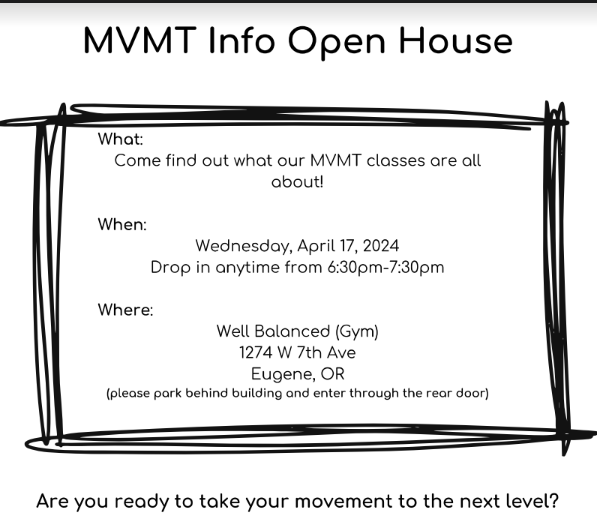Resources
3 New Reasons to Exercise (that have little to do with losing weight)

We often hear that exercise is useful for weight loss. One can hardly log on to social media without being bombarded with transformation videos and coaches marketing their newest programs along with special tips and tricks to help get us looking better. While exercising for aesthetics is a completely valid pursuit, what may get lost in the shuffle are the lesser-known and celebrated benefits that exercise can bring, such as improving your mental health, increasing your healthspan, and helping to prevent and manage pain. These benefits extend far past appearances and into the realm of increasing quality of life. Keep reading to discover 3 new reasons to exercise (that have little to do with losing weight).
3 New Reasons to Exercise
Exercise can improve your mental health.
New evidence is emerging that points to the possibility that exercise can help manage and even prevent the symptoms of some mental illnesses. An exercise regimen can also result in improved confidence from learning and mastering new and difficult skills. Additionally, exercise stimulates neurogenesis (the growth of new neurons), which may play a part in supporting and improving mental health.
Taking part in new exercise classes and active hobbies creates a sense of community with fellow class-goers and helps decrease the feeling of social isolation.
We’ve long known the benefits to heart health and circulation that occur with regular exercise. However, there is also a link between physical health and mental health and the need for integration between medical, mental health, and movement professionals.
Exercise can increase your healthspan.
Healthspan is a relatively new term referring to the number of years lived in a state of health – free of chronic illness or age-related disability. Put simply, healthspan is the length of time lived with a high quality of life. Exercise is a key player in the team of activities that can help increase one’s healthspan. There are many different approaches to what sort of exercise does this best. However, most experts agree that a great exercise regimen should include elements of strength training, joint mobility, speed work, endurance and balance or agility work.
Exercise can help prevent and manage pain.
While we often see movement as a cause of pain, it can also be part of the solution. Exercise stimulates the body to release endogenous morphine, known as endorphins, which act as natural painkillers. Additionally, acupuncture can also encourage the release of endorphins and can be a great complement to a regular exercise regimen.
Learning new movement patterns from a movement professional can lend a new perspective and help correct older movement habits that may be perpetuating joint or muscular pain.
Past physical pain, exercise can also help prevent and manage emotional pain. Unfortunately, our culture does not often address grief or emotional pain. The release of endorphins, the healthy distraction, the sense of community, confidence, and structure one can obtain from a regular exercise regimen can lend comfort and support when experiencing the pain of grief and loss.

Starting from zero?
Endless options for exercising exist and the reasons to exercise abound. In addition to physical health, exercise can help support your mental health, lengthen your healthspan, and help prevent and manage pain. Take a minute to consider what sort of activities appeal to you.
Do you prefer to be indoors or outside?
Are you interested in having a personal trainer?
Do you like attending group classes?
How much time and financial resources can you reasonably commit to exercise each week?
The answers to these questions can give you an idea of where to begin looking. However, the best advice we can give is to simply start.
Interested in the high-quality, asynchronous classes we provide at Well Balanced Center for Integrated Care? Check out the details of our upcoming MVMT Open House below!

Disclaimer alert: The views expressed within this article are opinions and are not meant to replace, contradict or be substitution for the advice or guidance of licensed medical or mental health professionals.
Helpful links:
- Want to learn more about what a great strength training program looks like? Click HERE
- Want to learn more about endorphins? Click HERE
- Want to learn more about the link between exercise and mental health? Click HERE
- Want to learn more about the link between cardiovascular health and mental health? Click HERE